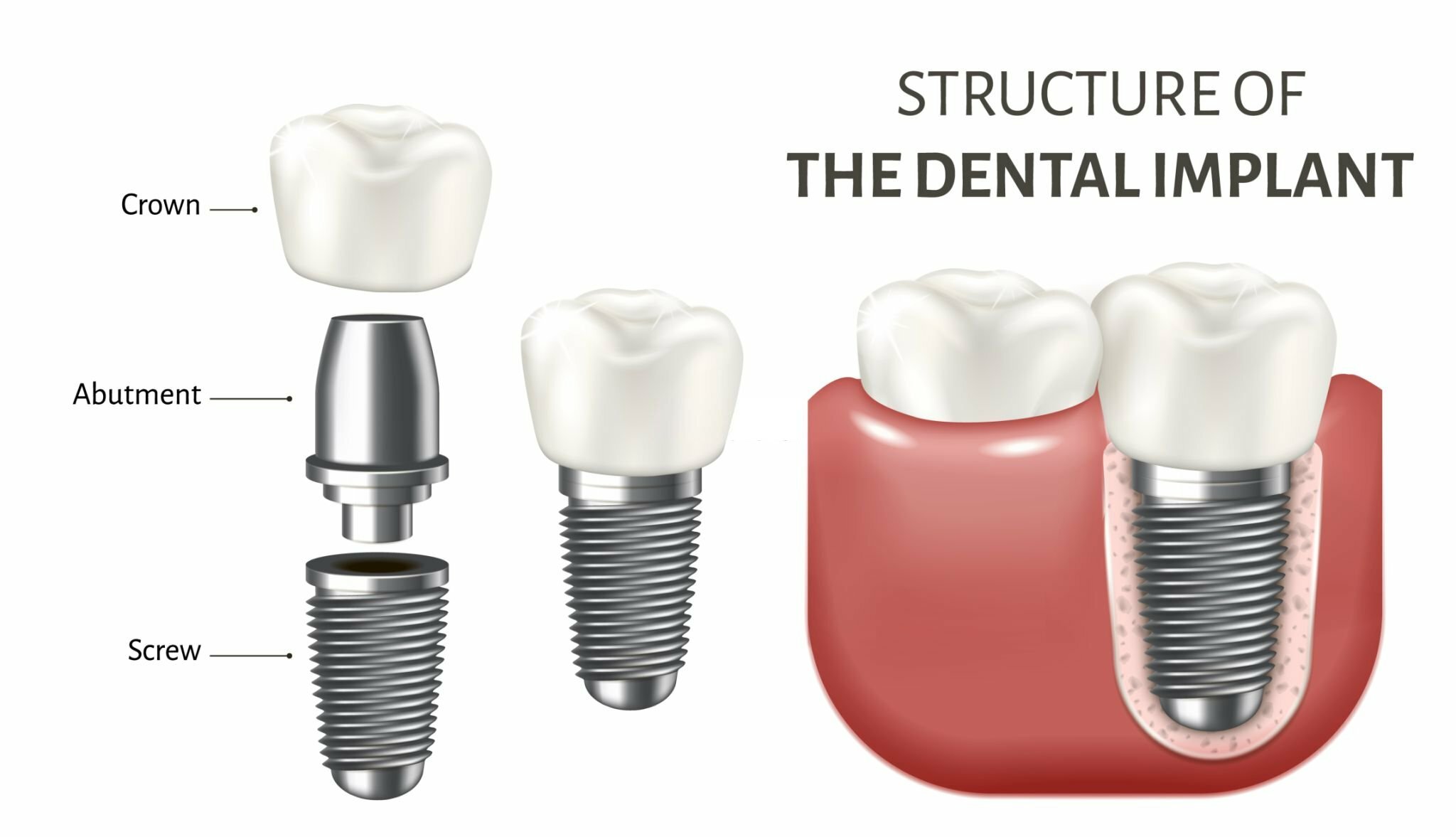Summary
If you are missing a tooth or even several, dental implants have become one of the most trusted solutions in modern dentistry.
According to the American Academy of Implant Dentistry, over 3 million people in the US have dental implants, and that number is growing by 500,000 each year. At Sundance Smiles, we understand that the idea of getting a dental implant can feel overwhelming.
This article is here to guide you through each step of the process, from your initial consultation to the final smile reveal. We will cover:
- What to expect during the consultation
- The implant placement procedure
- Healing and aftercare
- Placing your custom crown
We’ll show you how we keep things comfortable, professional, and focused on great results.
Why Choose Dental Implants?
If you are missing a tooth or two, dental implants in Bloomfield are one of the best solutions available today. They offer a unique blend of functionality, comfort, and aesthetics that other options often can’t match.
Key Benefits:
- Durability: Implants are built to last for many years, often decades, with proper care.
- Natural Look and Feel: They blend in seamlessly with your real teeth and feel just like them when you chew or speak.
- Better Chewing Power: Unlike dentures that might slip, implants stay firmly in place, letting you eat with confidence.
- Bone Health: They help preserve jawbone structure, preventing the bone loss that can happen with missing teeth.
Compared to dentures or bridges, Bloomfield dental implants are a long-term solution that does not require frequent replacement or adjustments. While the initial cost may be higher, their durability and minimal maintenance make them a smart long-term investment for your oral health.
The Consultation and Evaluation
What to Expect During Your First Visit
At Sundance Smiles, your journey toward dental implants begins with a friendly and thorough consultation. During this visit, the team performs a complete dental exam to check your overall oral health. They may also take X-rays or advanced 3D scans to get a detailed view of your jawbone and teeth structure.
Reviewing Your Medical Background
To ensure your safety and the best results, your medical history will be reviewed. This helps the team understand any conditions or medications that might affect healing or treatment.
Determining If Implants Are Right for You
Based on your exam and scans, the dental team will determine if you’re a good candidate for implants. Factors like bone density and gum health are considered carefully.
Personalized Planning
If you’re a candidate, Sundance Smiles will create a customized treatment plan tailored to your needs, lifestyle, and smile goals.
Preparing for the Procedure
Getting ready for a dental implant procedure involves a few important steps, but don’t worry, your dental team will guide you every step of the way.
Here’s what to expect before surgery:
- Oral hygiene instructions: You’ll be asked to keep your mouth as clean as possible. Brushing, flossing, and sometimes using a special mouth rinse help lower the risk of infection.
- Bone grafting (if needed): If your jawbone is not thick or strong enough, a graft may be done first to create a solid base for the implant.
- Pre-op planning: Your dentist will take scans and discuss your medical history to customize the procedure to your needs.
Do you know what the good news is? You won’t be alone; your dental team will make sure you’re fully prepared and feel confident going into the surgery.
Implant Placement Surgery
Getting a dental implant might sound like a big deal, but the process is actually smooth and carefully done to ensure your comfort. At Sundance Smiles, your trusted dentist in Bloomfield, the procedure is handled with precision and care from start to finish.
The Procedure Made Simple
During implant placement surgery, a small titanium post is placed into your jawbone. This post acts as the new root for your tooth. The procedure is done under local anesthesia or mild sedation, so you’ll feel relaxed and pain-free.
What to Expect After Surgery
After the surgery, it’s normal to have some mild swelling or discomfort for a day or two. Here’s how to support healing:
- Stick to soft foods for the first few days
- Follow the post-op care instructions given by your dentist
- Avoid strenuous activities for a short period
Most patients begin to heal within a week, though full bone integration takes a few months.
Healing and Osseointegration
After the dental implant is placed, your body enters the healing phase, which usually takes around 3 to 6 months. During this time, a significant process occurs: osseointegration, where the implant naturally fuses with your jawbone. This process is key to creating a strong, stable foundation for your new tooth.
What to Expect During Healing:
- Mild discomfort and swelling for a few days.
- Bone and tissue growth around the implant
- No chewing pressure on the implant site until it’s fully healed
Follow-Up Care with Sundance Smiles:
Sundance Smiles stays closely involved during this phase with regular checkups to:
- Make sure the implant is healing as expected
- Catch and treat any signs of infection early
- Answer your questions and offer support throughout
Their gentle care and attention help ensure your implant journey is smooth from start to finish.
Abutment and Crown Placement
Once the dental implant has fully fused with the jawbone, the next step is to place the abutment. This small connector is attached to the implant and serves as the base for your new tooth. It’s a quick procedure, often done under local anesthesia.
After healing from abutment placement, a custom-made crown is attached. This crown is designed to perfectly match the shape, size, and color of your surrounding teeth.
Key Benefits:
- Blends seamlessly with nearby teeth
- Restores full chewing ability
- Enhances your smile’s appearance
This final step brings both functionality and beauty back to your smile, making it hard to tell which tooth was ever missing in the first place.
Aftercare and Long-Term Maintenance
Taking care of your dental implants is just like caring for your natural teeth. To keep them healthy and long-lasting, follow these simple steps:
- Brush and Floss Daily: Use a non-abrasive toothpaste and pair it with a soft-bristled brush to clean your teeth and implants. Don’t forget to floss, as plaque can build up around implants.
- Routine Dental Checkups: Regular visits to the dentist help catch any early signs of problems.
- Follow Personalized Advice: Every mouth is different. We’ll guide you with tips tailored to your needs after your implant procedure.
Takeaway
- Dental implants offer a natural, durable, and long-lasting solution for missing teeth.
- Sundance Smiles provides personalized care at every step, from consultation to final crown.
- Proper aftercare and routine checkups ensure your implant stays healthy for years.
- Let’s improve your smile beyond traditional means. Connect with our experts at Sundance Dental Bloomfield today!



